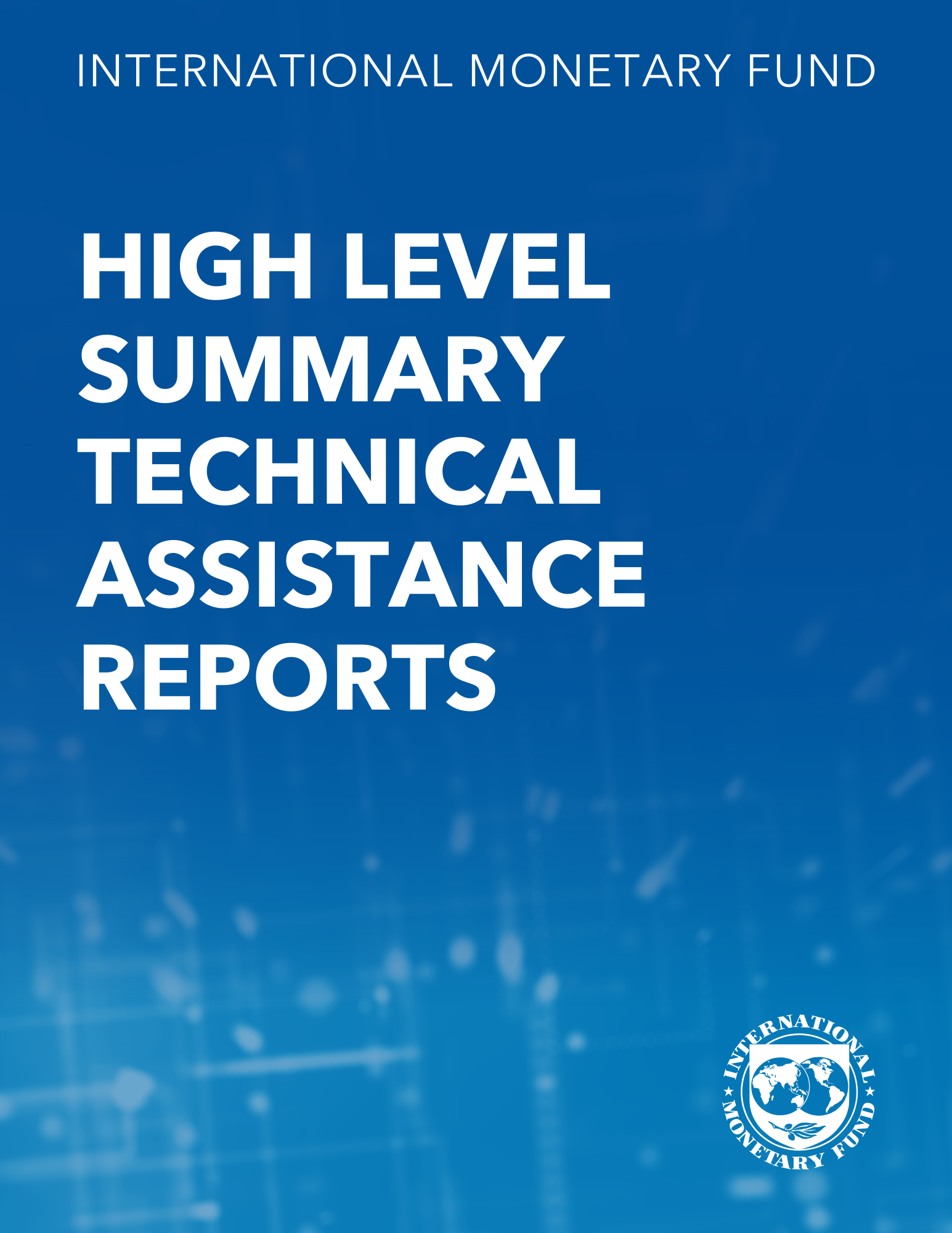Nepal - Assessment Letter for the World Bank
May 29, 2015
Summary
Before the earthquakes of April 25 and May 12, Nepal’s macroeconomic performance was relatively strong: Growth accelerated to 5.5 percent in 2013/14, thanks largely to a favorable monsoon; Inflation had been moderating, broadly in line with developments in India, but remained high at 7 percent (y/y) in March 2015; The fiscal position in 2013/14 (mid-July 2013 to mid-July 2014) was again in surplus, on account of under-execution of spending amid solid revenue growth. As a result, public debt eased further, to 25 percent of GDP. The trend of budget under-execution continued through April 2015, indicating that a small fiscal surplus looked again likely in 2014/15. Public debt remained on a declining path; The external position remained strong. The current account surplus reached 4.6 percent of GDP in 2013/14, as remittances continued to grow rapidly, reaching a record-high 28 percent of GDP. Net of remittances, however, Nepal ran a current account deficit of 23.6 percent of GDP in 2013/14. International reserves rose to US$6.2 billion by March 2015, equal to 29 percent of GDP and covering almost eight months of prospective imports.<br /><br />The earthquakes are expected to cause an initial slowdown in economic activity.
Subject: Assessment letters, Economic conditions, Economic growth, External shocks, Financial sector, Fiscal policy, Fiscal risk, Monetary policy, Nepal, World Bank
Pages:
---
Volume:
---
DOI:
---
Issue:
---
Series:
Policy Papers
Stock No:
---
ISBN:
---
ISSN:
---







